Pokémon Go’s Johto Tour was its most demanding day yet
In nearly six years, I don’t think I’ve ever been busier playing Pokémon Go. This weekend’s ticketed Johto Tour event offered an eye-opening checklist of things to hunt down, battle, and trade – so much so, some fans have suggested the event should have lasted two days, or had better signposting for some of its more obscure challenges.
Celebrating the Johto Region
Johto Tour was a celebration of the series’ Gold and Silver game region, and in that respect, it was a success. Its questline allowed players to choose between the Starter Pokémon from those games while its rotating hourly creature spawns were themed around key in-game areas. Just like last year’s Kanto Tour, the full Pokédex of creatures from the region was available to catch, trade for, or evolve.
Legendary Encounters
For long-time fans of the series, the sight of the normally raid-exclusive Legendary dogs Raikou, Entei, and Suicune appearing in the wild was a brilliant nod to the franchise’s history. Although these Pokémon were tough to catch, especially without Incense, players had the chance to find them in their rare Shiny forms.
Mythical Pokémon Celebi
As announced, the Johto Tour’s story quest concluded with the opportunity to catch the time-travelling Mythical Pokémon Celebi – only the third time it has ever been obtainable since the game’s launch. This unlocked a lengthy post-event questline for players to complete in the days ahead, featuring the super-powered Shadow Ho-Oh and Lugia. However, there were fewer narrative revelations than some had hoped for, leaving many questions unanswered.
Event Highlights
In terms of capturing Pokémon, Johto Tour delivered a plethora of options. Event-exclusive Unown, Shiny-possible Smeargle, and rare wild evolutions like Steelix and Tyranitar made for an exciting mix of spawns. The game’s hourly Collection Challenges were relatively easy to complete, although some other quests proved to be more challenging.
Challenges with NPCs
A side-quest that required battling Trainers around the map became a significant challenge, as these NPCs only appeared at specific PokéStops. This necessitated a good understanding of the questline, taking several hours to finish, especially when navigating as part of a group of engaged fans. Completing this on your own would have taken considerably longer.
Gameplay and Design Improvements
The gameplay design evolved from last year’s Go Fest, where NPC battles cluttered PokéStops, making it frustrating to spin for items. An improvement this time was the option to fully switch off NPCs after completing the quest. However, the lack of in-game explanations meant that some players never reached that point.
Shiny Hunting and Value for Money
One of the ongoing complaints concerned the likelihood of encountering certain Pokémon in their Shiny forms. While Johto Tour appeared to offer similar Shiny chances for wild spawns compared to previous ticketed events, many players felt there wasn’t enough transparency about the odds, particularly for Pokémon found in eggs or raids.
In terms of value for money, the ticket price of £10 was easily justified by the number of raid passes included, alongside the various rare spawns and quests. With a 12-hour duration filled with activities from 9 am to 9 pm, there was certainly enough to keep players engaged throughout the day.
Final Thoughts on Johto Tour
Overall, the Johto Tour was a demanding yet rewarding event. While many players enjoyed the experience and the opportunity to explore the region’s offerings, the consensus was that a second day would have allowed for a more relaxed and thorough engagement with the event’s content. The best Pokémon Go events should introduce new creatures, fresh gameplay, and foster community interaction. Johto Tour succeeded in some of these aspects, providing new Shiny creatures and encouraging collaboration on challenging tasks while highlighting areas for improvement for future events.
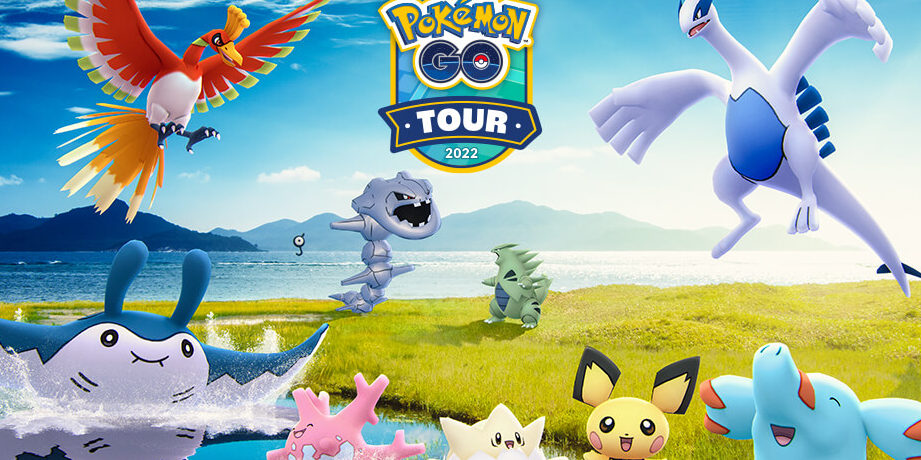





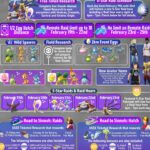







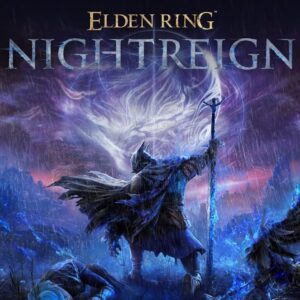




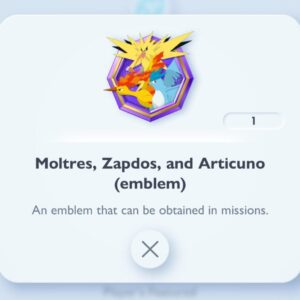
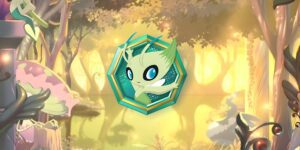




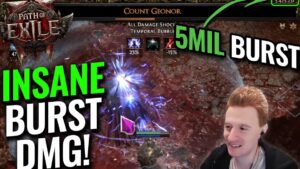


Post Comment